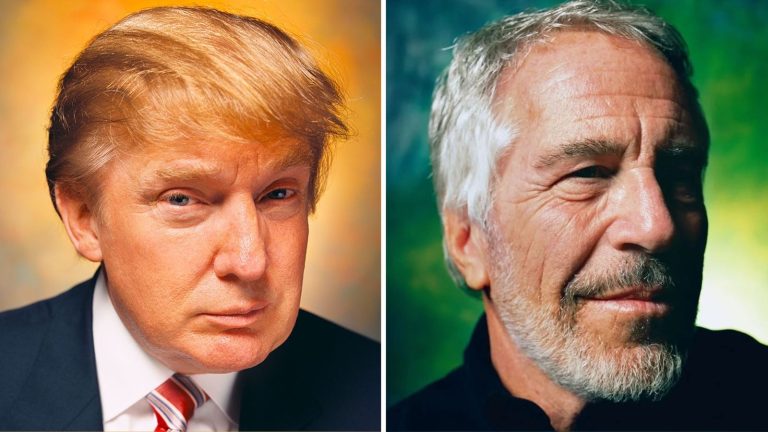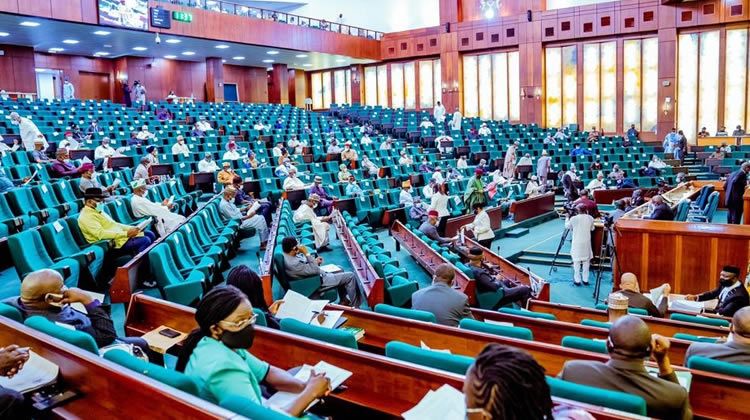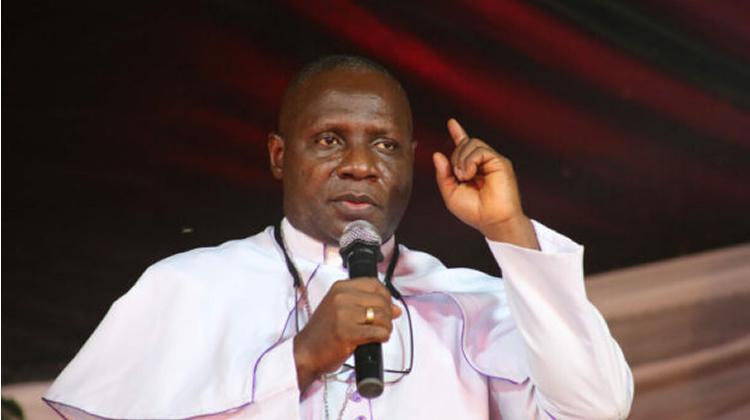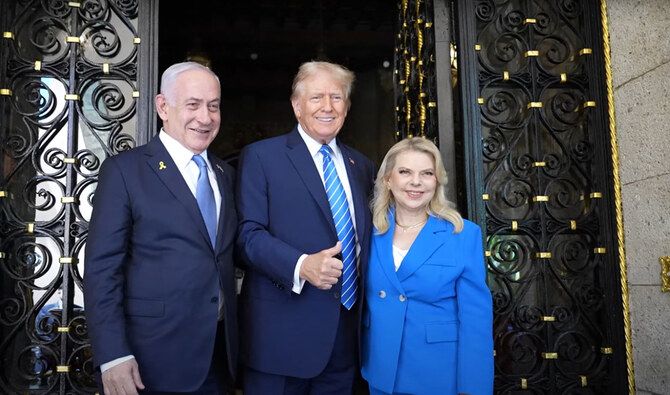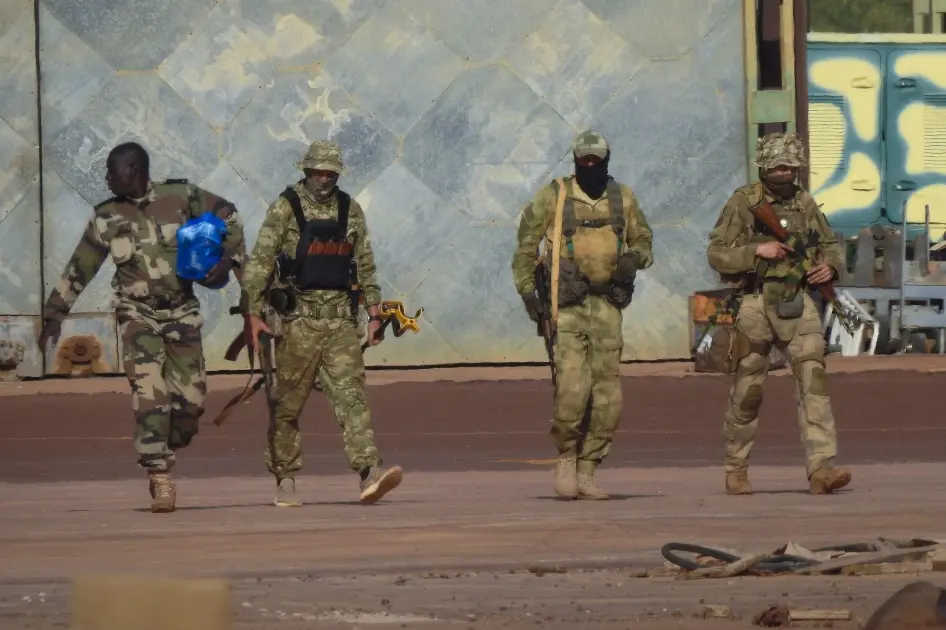
Human Rights Watch has documented the killings of at least 31 civilians and the destruction of homes in two villages in Mali’s conflict-ridden Segou region by the Malian military and allied Dozo militias on October 2 and 13, 2025.
On October 2, soldiers and Dozo militias reportedly entered Kamona village, killing at least 21 men and burning 10 homes. On October 13, similar forces attacked Balle village, roughly 55 kilometers away, killing 10 civilians, including one woman, and stealing more than 100 cows.
Witnesses said the attacks followed accusations that villagers were collaborating with the Al-Qaeda-linked Group for the Support of Islam and Muslims (JNIM), which controls parts of central Mali.
“The October massacres in Segou are the latest in a series of atrocities attributed to the Malian army and allied militias,” said Ilaria Allegrozzi, senior Sahel researcher at Human Rights Watch. “Malian authorities must launch credible and impartial investigations and ensure those responsible face justice in fair trials.”
Human Rights Watch interviewed 10 individuals with direct knowledge of the incidents, including villagers, community leaders, journalists, and civil society activists.
The organization sent its findings and questions to Mali’s justice and defense ministers on November 8, but received no responses by publication.
Witnesses identified the perpetrators by their camouflage uniforms and, in the case of the Dozo, traditional attire and amulets.
In Kamona, the forces arrived around 10 a.m. in seven pickup trucks and three armored vehicles, with Dozo militiamen on motorbikes.
Villagers reported that JNIM fighters had fled prior to the army’s arrival, leaving civilians vulnerable. Survivors described summary executions of those unable to flee.
A 40-year-old herder recounted hiding with his 9-year-old daughter and later discovering 17 bodies beneath a tree, many shot in the head and torso. Another survivor helped bury the victims in mass graves, noting that additional bodies may have been killed in surrounding areas.
In Balle, soldiers and Dozo militias arrived on October 13 around 1 p.m., going door to door and assaulting villagers before opening fire. Witnesses said a 55-year-old woman who confronted the soldiers was shot along with nine men aged 22 to 67.
The Malian army described the October 13 operation as an “offensive recognition” mission that resulted in the neutralization of about 20 terrorists and the seizure of military equipment.
However, locals noted that Balle had been under JNIM control for years and civilians were often mistaken for fighters.
Since 2012, successive Malian governments have battled Islamist armed groups, leading to the deaths of thousands and the displacement of over 402,000 people.
Human Rights Watch has previously documented serious abuses by both state forces and armed militias, as well as by JNIM and other insurgent groups.
The Segou attacks occurred following a JNIM siege of Mali’s capital, Bamako, in early September, which disrupted fuel supplies and forced the temporary closure of schools nationwide.
Under international humanitarian law—including Common Article 3 of the Geneva Conventions—all parties in Mali’s conflict are prohibited from targeting civilians and committing murder, cruel treatment, or torture.
Violators may be prosecuted for war crimes, and the International Criminal Court (ICC) continues to hold jurisdiction over Mali until September 2026, despite the country’s withdrawal.
Human Rights Watch criticized the African Union (AU) for failing to respond effectively to the escalating violence. “The AU Peace and Security Council should make Mali a priority, conduct regular briefings, strengthen diplomacy, and coordinate regional and international efforts to hold all perpetrators accountable,” Allegrozzi said.
